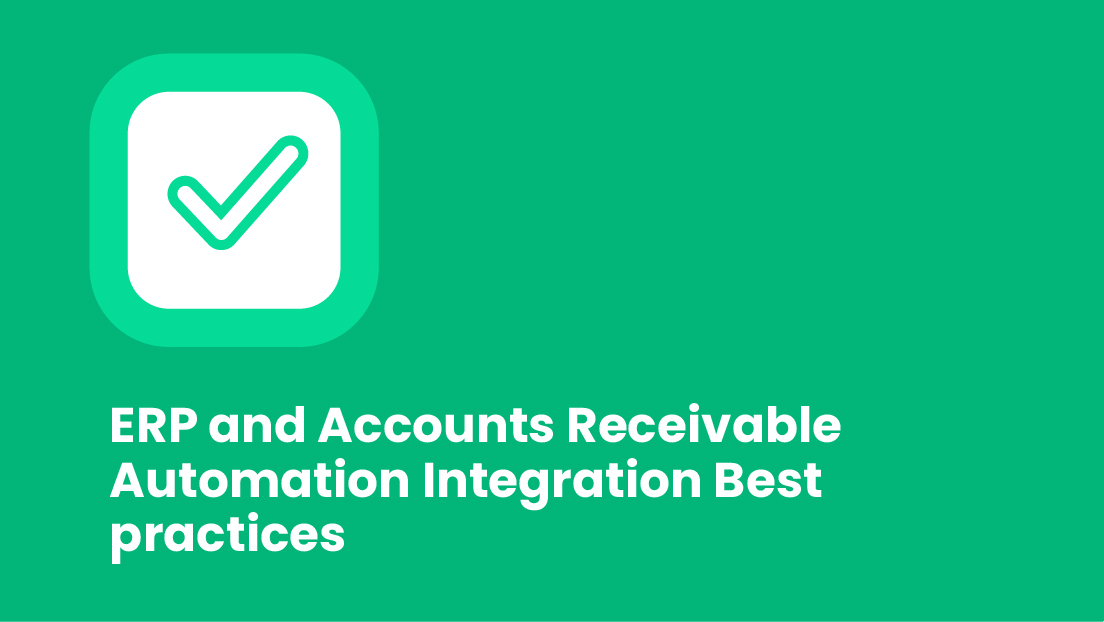A doubtful account refers to money owed to a business by its clients. But the catch is, it’s money that the business doesn’t expect to receive. (It’s “doubtful” you’ll collect.)
The term also refers to an account that may become a bad debt in the future but hasn’t yet reached the point where it can be written off, or otherwise referred to as a reserve. Managing doubtful debt is an ongoing challenge for businesses of all kinds.
In this article, you will learn:
- What causes doubtful debt?
- How does doubtful debt affect your A/R?
- How do you predict doubtful accounts?
- How to manage your doubtful accounts through automation?
What Causes Doubtful Debt?
Doubtful debts can occur as a result of several situations. If a customer raises a dispute about the quality or delivery of your product/services, they may refuse to pay. This means their balance becomes “doubtful debt” in your books.
The same applies to customers who can’t pay their invoices. Whether they’ve found themselves in a poor financial situation or simply don’t have the funds, their lack of payment represents a doubtful account on your end.
How Does Doubtful Debt Affect Your A/R?
Doubtful accounts frequently turn into bad debt; an owed payment deemed to be uncollectible. And naturally, these owed payments have a significant impact on business performance and cash flow.
Doubtful accounts are similar to, but one step behind, “bad debt.” While doubtful debt refers to balances not likely to be paid. Bad debt refers to balances that almost certainly won’t be paid, so they can be written off on your balance sheet. Although the two represent similar problems with a customer’s inability to pay, each needs to be managed and tracked separately by your finance department.
By monitoring and forecasting your doubtful accounts, you’ll get more insight into your customer accounts and capital. What kind of challenges is a customer having? Will those challenges affect the customer’s ability to pay? It’s easier to mitigate the damage of bad debt when you have an idea that it’s coming.
This is why we suggest that all companies consider accounts receivable process automation as a key optimization point for collections. Creating an allowance for doubtful accounts means knowing what to expect from each customer and you can leverage your financial data to make informed decisions.
Automated A/R collections software is integral to this goal.
How Do You Predict Doubtful Accounts?
One of the most common ways to estimate doubtful accounts is to review historical data of unpaid sales. Look for things in common across the following areas:
- Did the late payments occur due to outside economic factors? (For example, the 2020 pandemic.)
- Do unpaid invoices share any features in common?
- Is it a particular company failing to pay or is it an ongoing trend with more clients?
- What about their creditworthiness?
This is all part of your necessary A/R risk assessment due diligence that you should perform before any business arrangement.
You’ll want to establish your own internal criteria for what qualifies as doubtful debt. It should take into account your clients’ circumstances and your own cash flow.
For example, does your company have a history of unsteady business? If so, it may be too dicey to take on higher-risk accounts. On the other hand, if you don’t foresee any extreme changes to your operations in the near future, you might consider taking on more business.
In addition to these broader assessments, dig into your aging receivables data to find answers. You can make a rough estimation of your expected percentage of uncollected invoices by analyzing these receivables and looking for trends.
This is one area where automated accounts receivable collections software can pay dividends. It’s far easier to estimate your doubtful accounts when you have a single, centralized database of all financial records from which to pull. Rather than sorting through spreadsheets, email, and paper files, you can locate each client account in your automated A/R collections software and run reports across a variety of different criteria.
Furthermore, software solutions can provide dynamic risk scoring analysis to help recognize which clients represent higher-risk accounts. With platforms like Gaviti, you’ll have all the tools you need to make these predictions and get a handle on doubtful debt once and for all.
Managing Your Doubtful Accounts Through Automation
Companies trying to tackle doubtful debt management without automation are fighting an uphill battle. Without automation of the accounting process, it’s difficult to get the in-depth insights you need to predict a customer’s risk of becoming a doubtful account. But with collections-related solutions like Gaviti, you might be surprised at how simple it is to run these reports and develop a strategy to predict your future cash flow.
Contact us at Gaviti to book a free demo of our automated collections platform today.





















